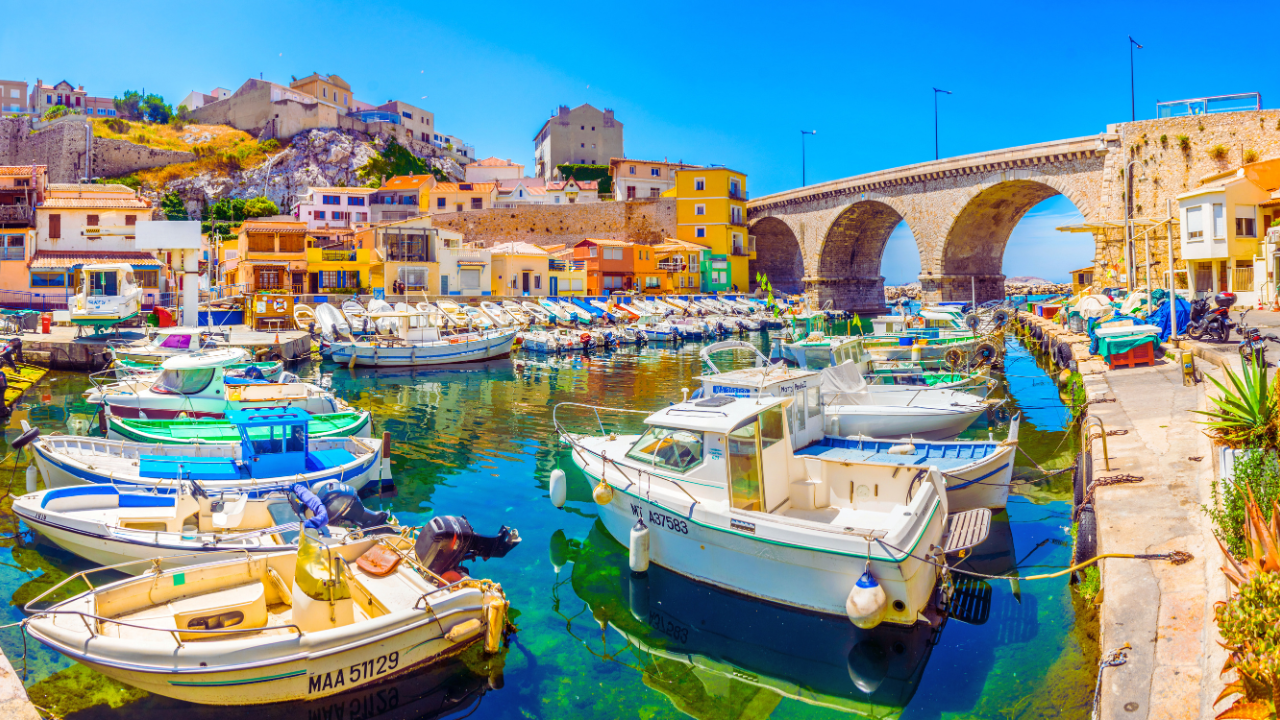War tourism, despite the contradiction in its name, refers to recreational travel to areas associated with past or current war zones. These destinations encompass active conflict zones, famous battlefields, war memorials, cemeteries, and museums. Sites of darker historical significance, such as prison camps, mass graves, and execution sites, even fall into this category. The motivations behind such travel are multifaceted, with educational and memorial purposes at the forefront.
Motivations for War Tourism
While it may be challenging to comprehend the appeal of traveling to regions marked by devastation and conflict, war tourism is not new. It can be traced back to the 19th century, during wars like the Napoleonic, American Civil, and Crimean Wars. Early war tourists were observed visiting war-ravaged cities’ battlefields after the fighting had ceased. Onlookers would picnic at a safe distance from skirmishes and take home macabre souvenirs. Their motivations, it seems, ranged from morbid curiosity to a desensitization to death and suffering.
Another common motivation for war tourism is education and preserving collective memory. Students, scholars, and history enthusiasts often embark on tours of former battlefields, museums, and prison camps. Their primary goal is often to gain a deeper understanding of how wars have shaped a region’s history.
Some countries even mandate that their youth visit sites associated with dark chapters in human history. For instance, German students are required to tour concentration camps, Holocaust museums, memorials, and battlefields. These practices help students to learn about their nation’s role in genocide and war crimes.
Historical reenactments, like the Battle of Waterloo and Gettysburg, remind people of significant events. Historical pilgrimages to famous World War sites pay homage to those who sacrificed their lives for their nations. Notable locations, such as the foxholes of Easy Company in Bois Jacques, Bastogne, draw veterans, their families, and military history enthusiasts.
The Blurring of Lines
While traveling to conflict zones for reporting purposes is one thing, traveling there due to a morbid fascination with death and suffering is another. The rise of social media has exposed numerous instances of individuals displaying narcissistic behavior by disrespecting sites of human atrocities. Shockingly, people have posted smiling selfies at concentration camps and taken staged photographs of themselves crying at mass grave sites.
In a disturbing twist, some venture into countries amid civil wars, political coups, and genocide for their own amusement. Some even do it to garner social media attention. For instance, cases like that of Miles Routledge, who visited Kabul shortly before the Taliban takeover in 2021. He shared photos and videos of his time there without much regard for the plight of the Afghan people.
Tragically, there are instances of naive foreigners venturing into dangerous, war-torn nations and subsequently being kidnapped or killed, placing tremendous strain on the diplomatic representatives of their home countries to orchestrate rescues.
Striking a Balance
Some countries have leveraged war tourism to demonstrate their resilience and strength. Cities like Sarajevo and Kyiv have harnessed the power of war tourism to showcase their ability to bounce back from harrowing circumstances.
Sarajevo, for example, with its history of enduring a four-year siege, has numerous reminders of its war-torn past. These include buildings scarred by shelling, “Sarajevo roses” (shelling holes painted over in red), and other remnants. Tourists who visit this city can witness the destruction and listen to stories shared by locals.
In the case of Kyiv, despite sporadic shelling, major cities have initiated tours to enable tourists to experience their efforts to return to normalcy. Visitors can witness the destruction firsthand and hear stories from locals, all while having access to special alert apps for locating the nearest shelter. Although visiting Ukraine during these challenging times might not be advisable, the resilience and determination demonstrated by these initiatives are admirable.





